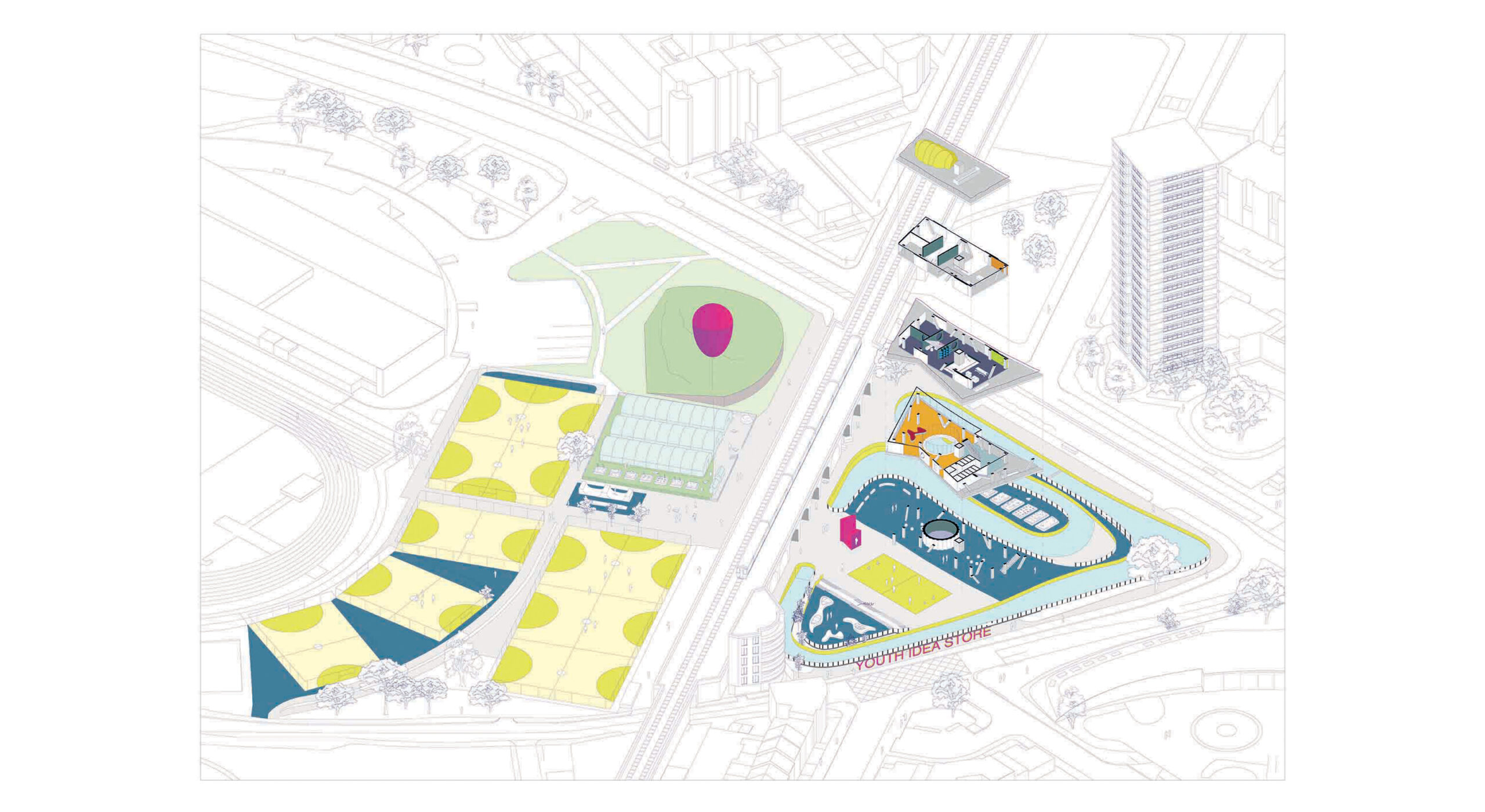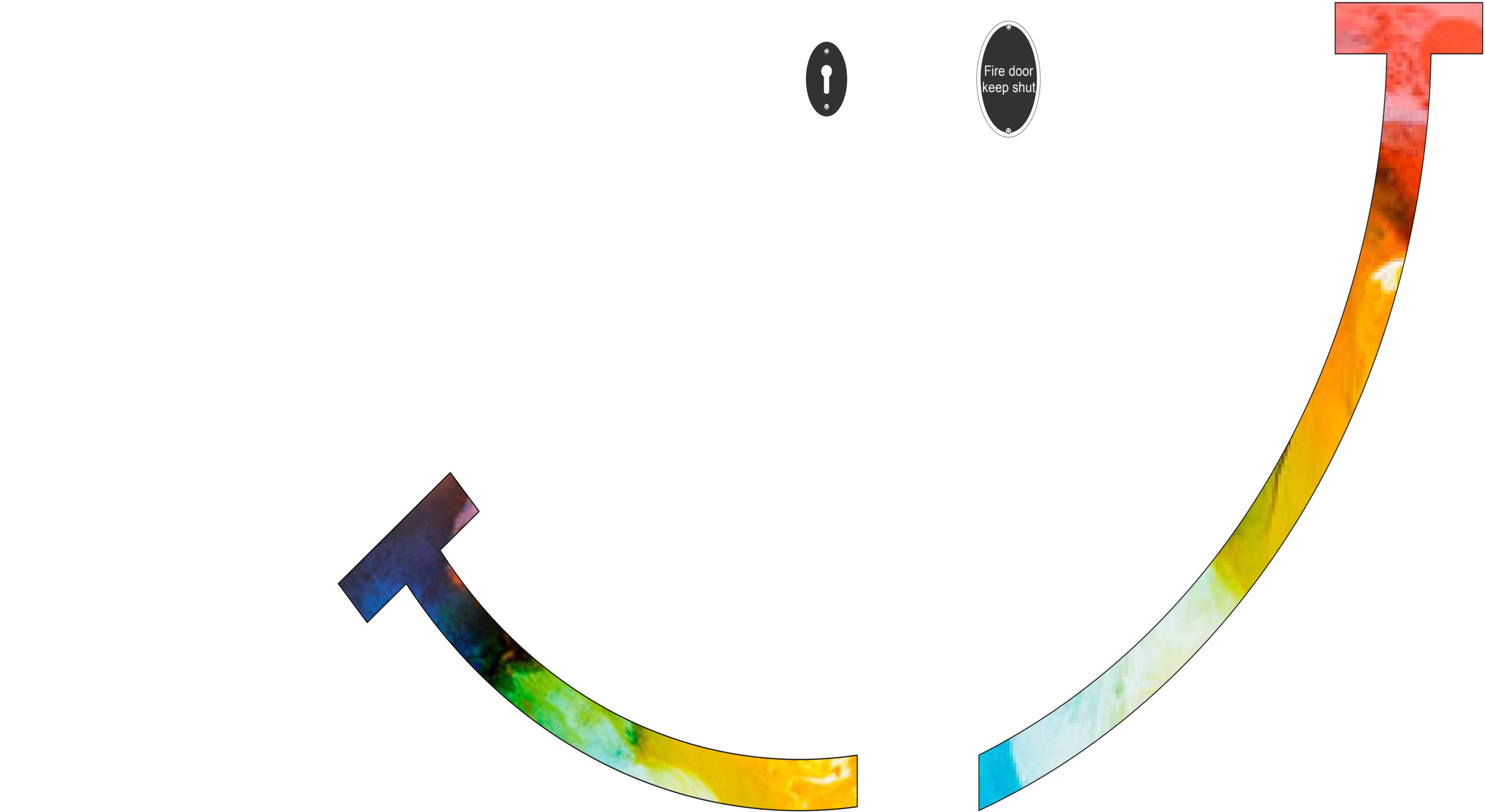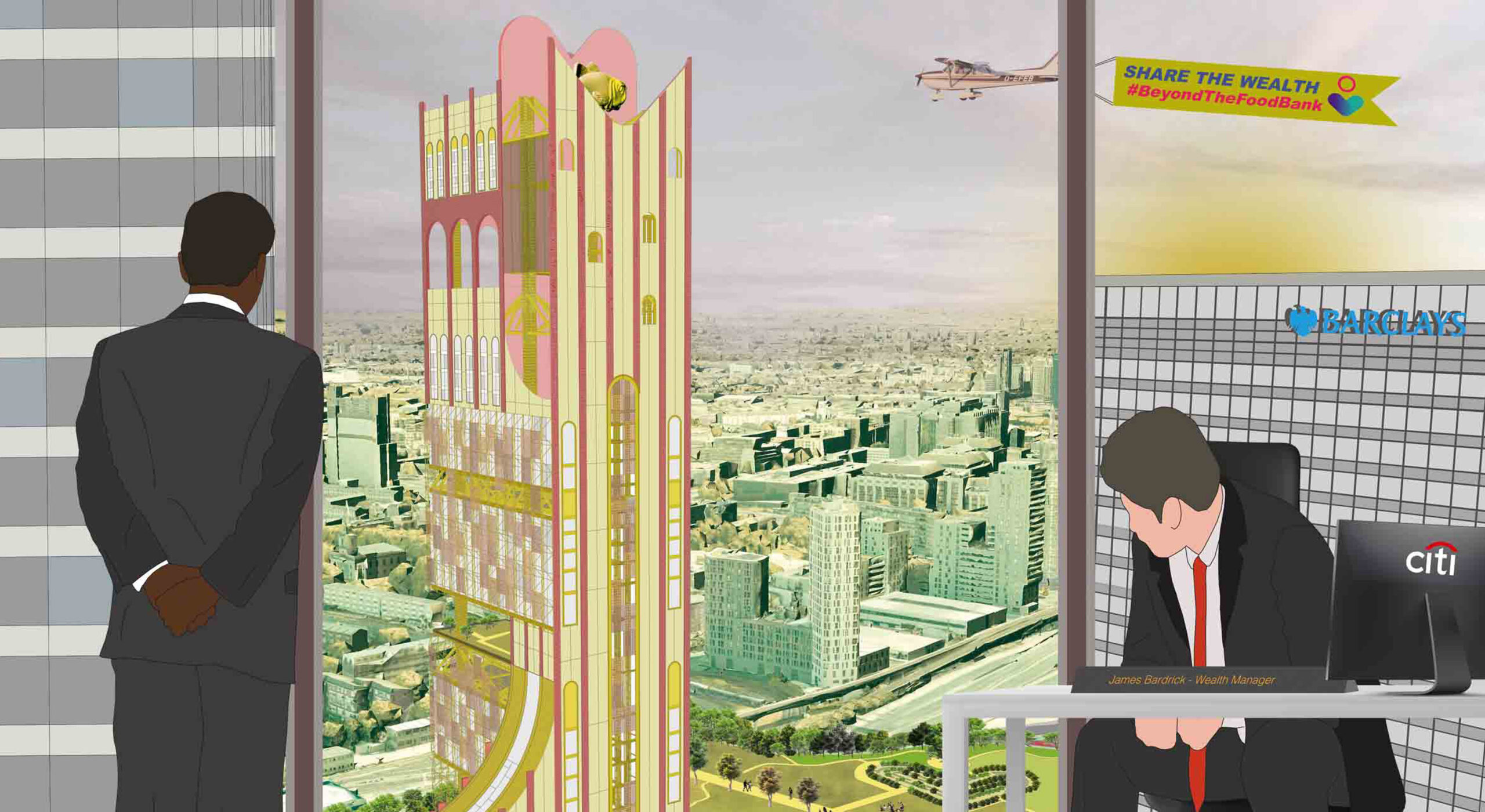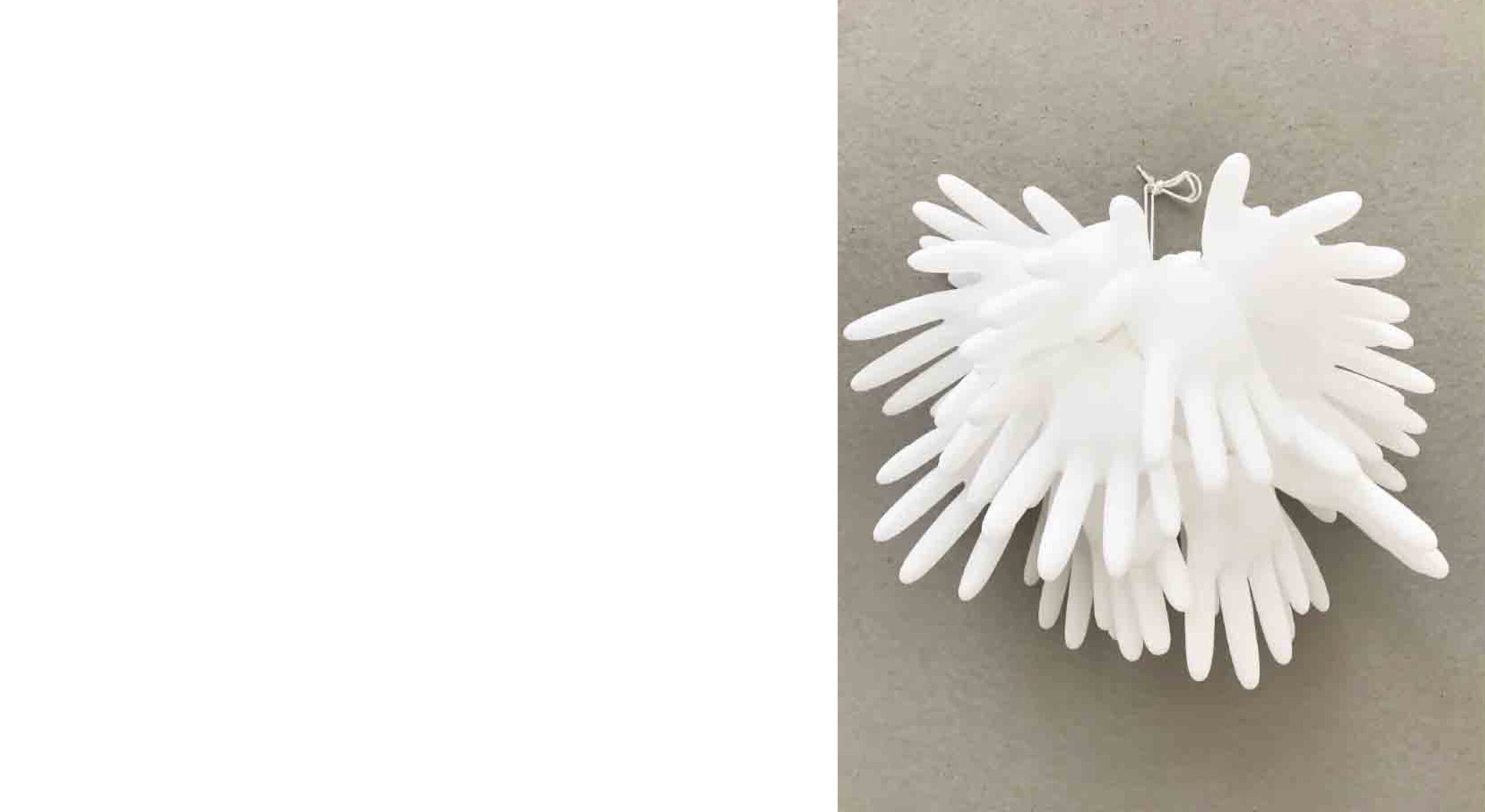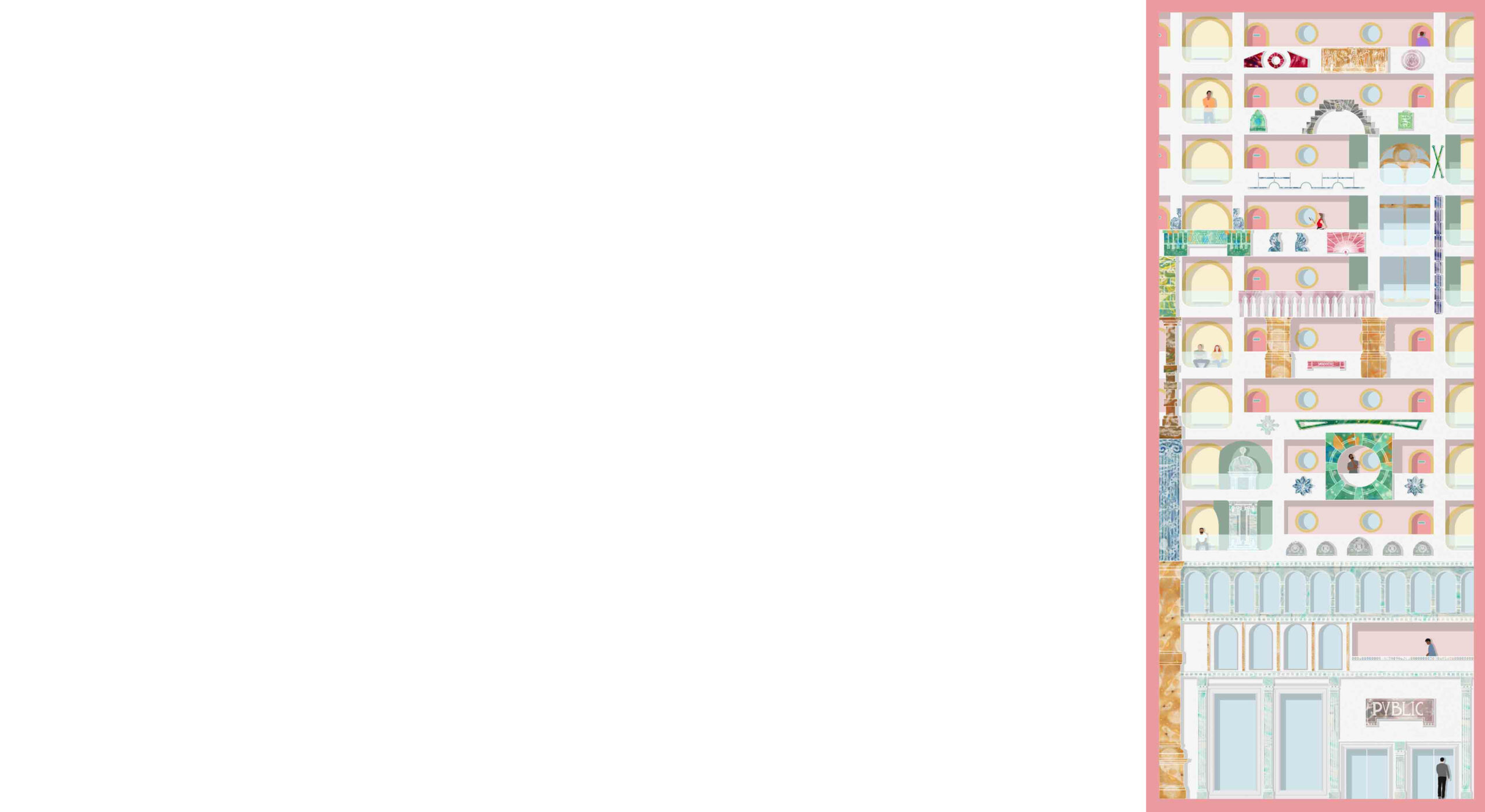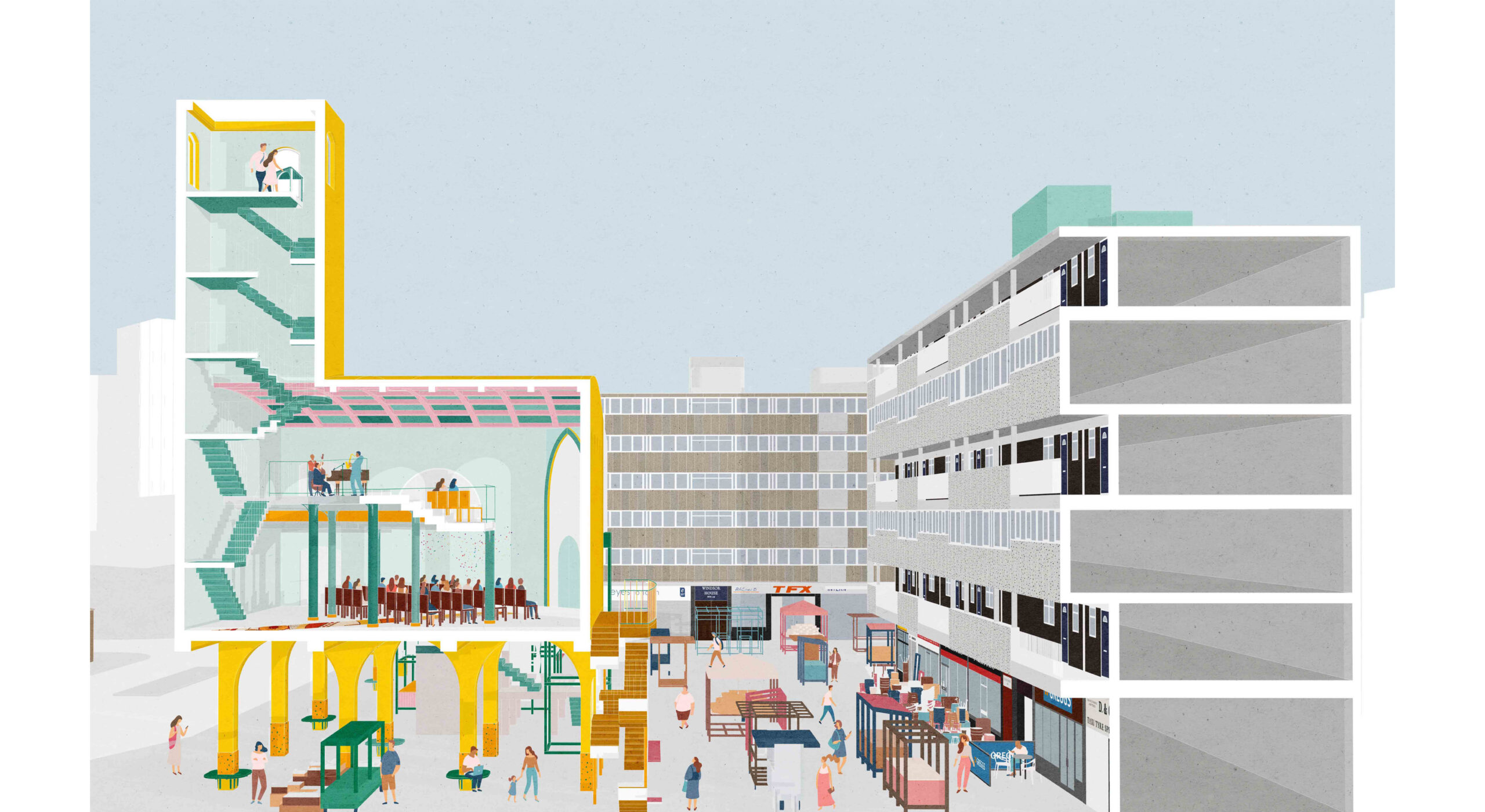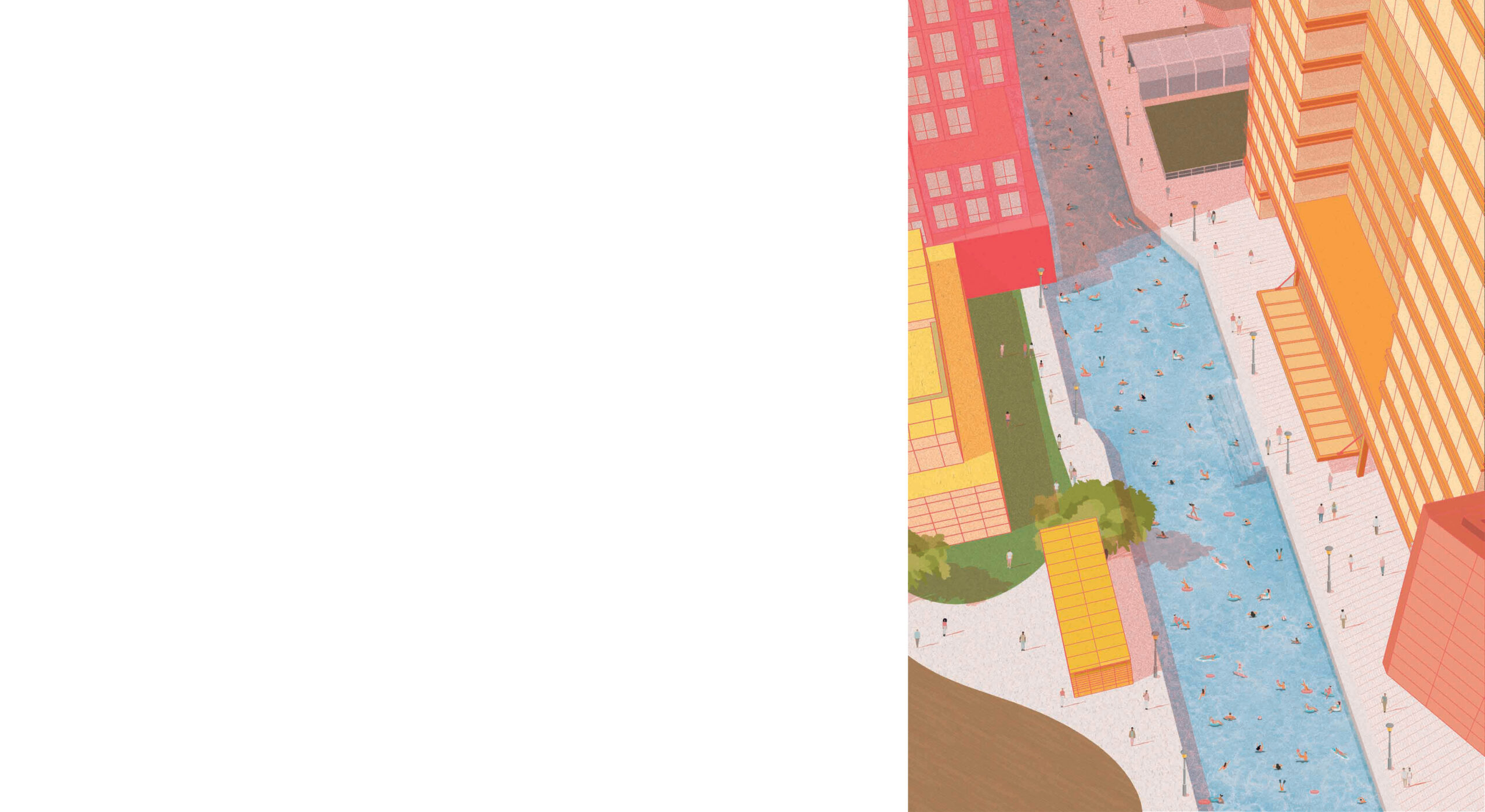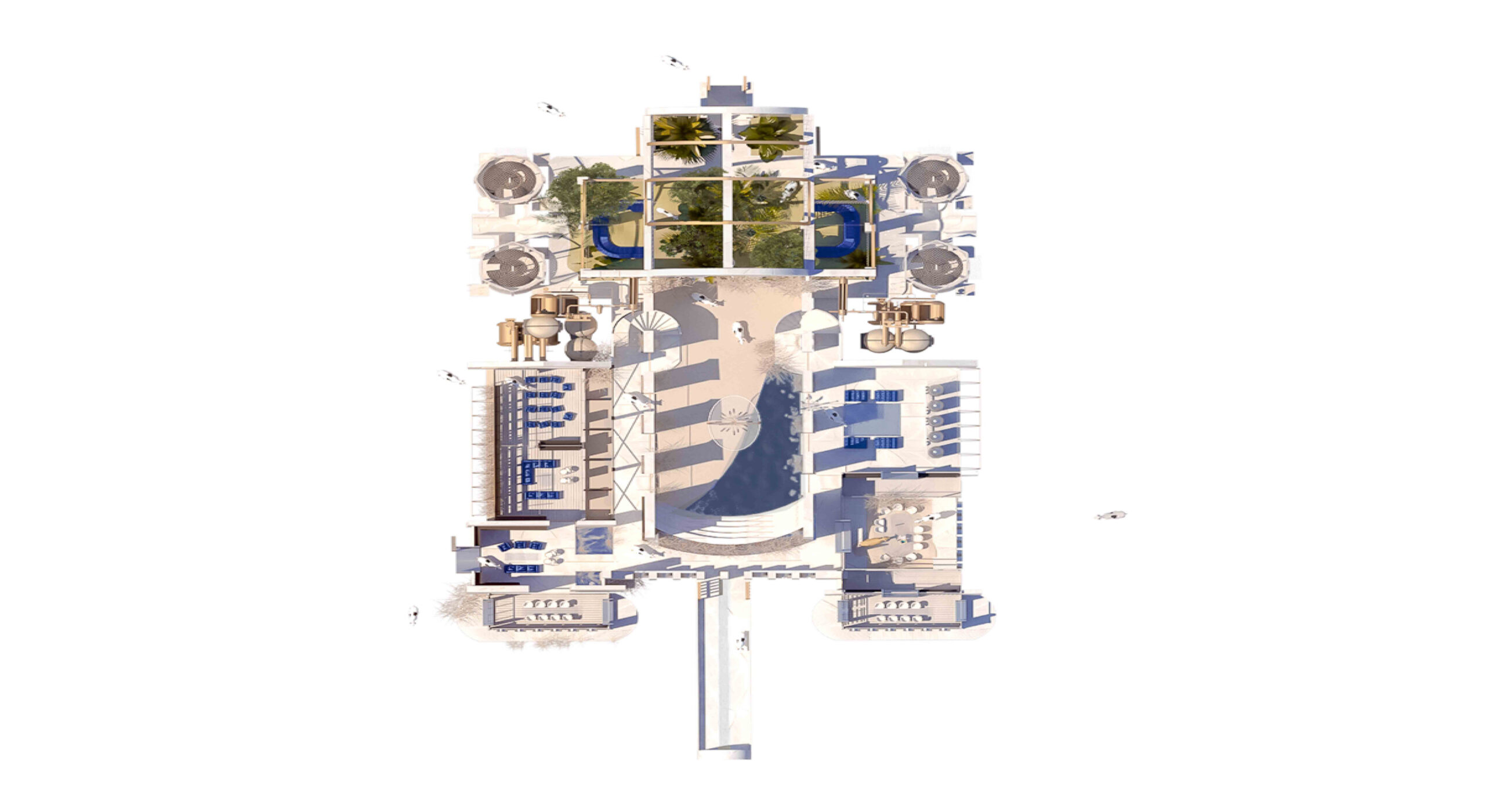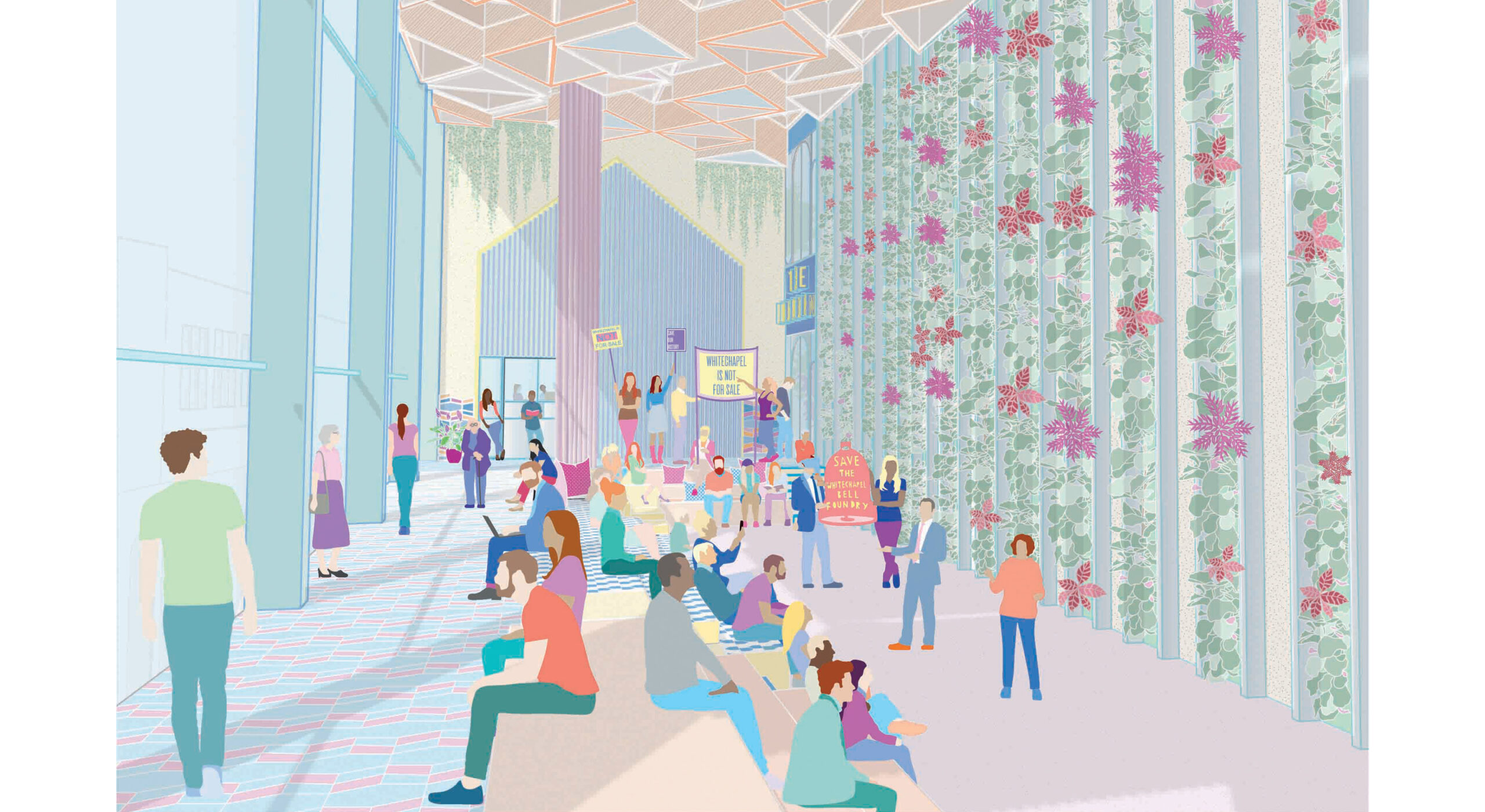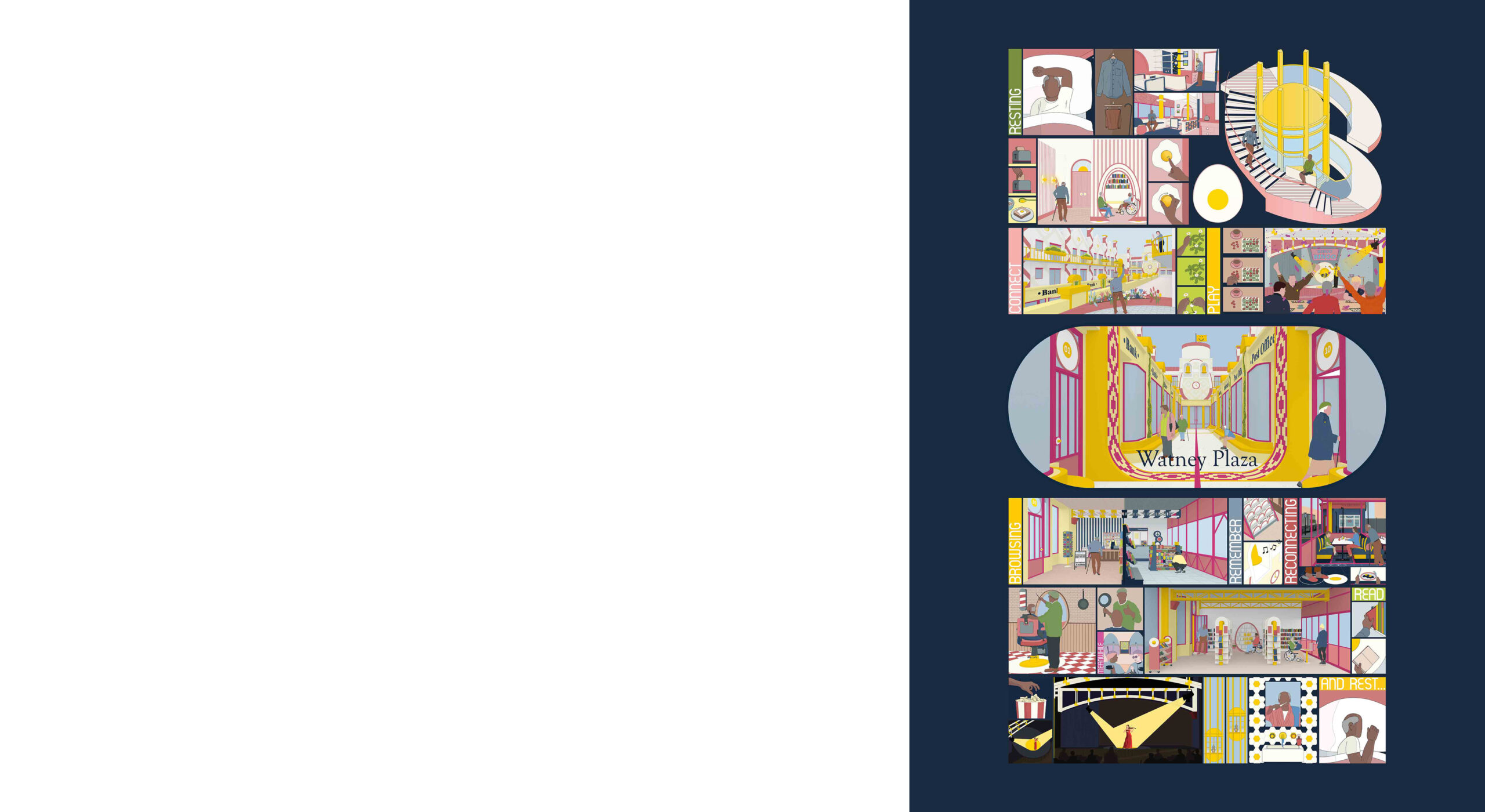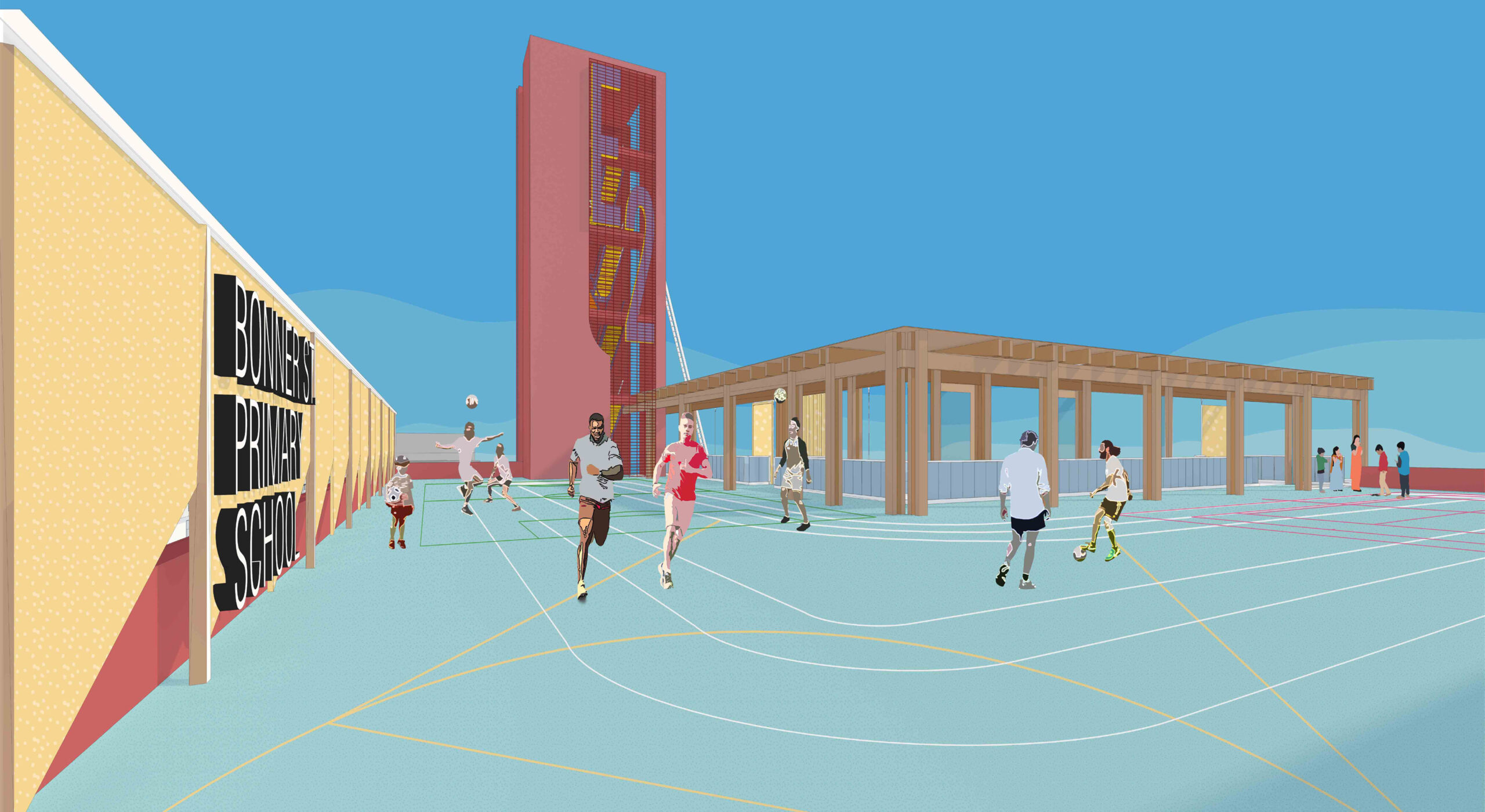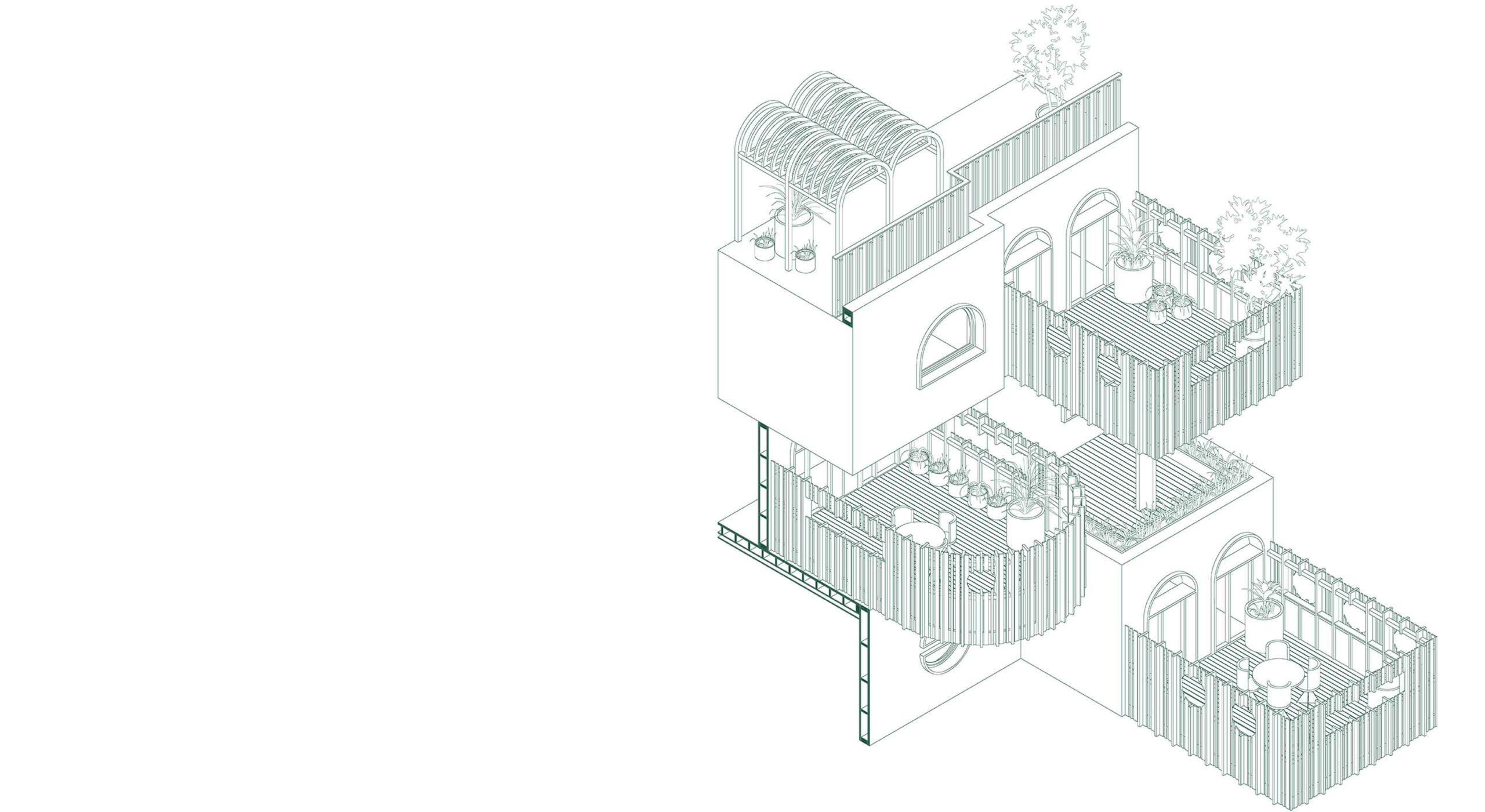Design Studio 21 ARCHIVE
Tutors: Gill Lambert and Geoff Shearcroft
Gill Lambert and Geoff Shearcroft are architects and academics. They practice at AOC, where they work with communities, institutions and individuals to develop new briefs for contemporary needs, designing buildings, rooms, objects and places in response.
Joy in Architecture
Buildings evoke emotions. Through form and material they impact on our sensory receptors, physical sensations transduced and carried to our brains where they are organised, interpreted and given meaning. Senses delight, memories are recalled, associations triggered, emotions evoked. Feelings follow form.
The uses that buildings accommodate evoke emotions. Physical fabric actively supports our desire to meet, share, engage and enjoy. Needs are met, conversations shared, relationships made, emotions invoked. Feelings follow use.
Perhaps naively, we remain optimistic that architecture can make the world better. In the contemporary context of a global climate emergency, diminishing belief in democracy and a decline in living conditions we think there is potential for buildings to make people’s lives more joyful – environmentally, socially and, most significantly, emotionally.
This year the studio will be exploring joy in architecture. We will focus on how form, material and the uses they encourage can evoke joy, an emotional response that may support civic society and contribute to a balanced ecology.
Defining Joy
In building this chapel, I wished to create a place of silence, of prayer, of peace, of spiritual joy.
Le Corbusier’s dedication speech at Ronchamp chapel’s inauguration, June 25 1955
Those things in the kitchen, you know, needn’t be so abstract and serious and black and always plastic… It’s the kind of thing where you pick something up or use it with a little bit of joy actually. And there – it puts a smile on your face.
Michael Graves, National Public Radio, 2002
Joy is rarely sighted in the lexicon of serious architecture or academia. Often charged with religious connotations it is frequently dismissed as shallow, frivolous and personal. The last decade’s focus on well- being has led to a slew of design publications on happiness and joy. In her best-selling book ‘Joyful’, former IDEO Design Director Ingrid Fetell Lee argues that there are universal aesthetics of joy: “vibrant colours, round shapes, symmetrical patterns and lush textures”.
We think this requires further investigation. The studio will develop its own definitions of joy in architecture, valuing the particular over the universal. We will study art and psychology, employ intuition and observation, defining multi-sensory joy through diverse media. The design and realisation of a familiar everyday component – door handle, light switch, joist hanger – will be your first built declaration of joy in architecture.
Applying Joy
Our site of inquiry for the year will be the London Borough of Tower Hamlets. With 69% of the population belonging to minority ethnic groups its diversity is paired with vast wealth, the third highest economic output for any local authority in the UK. Yet the distribution of this wealth from Whitechapel to the Isle of Dogs, from the Thames to the Olympic Park, is vastly unequal with 43% of children living in poverty. Faced with this context how can we apply our new definitions of joy to transform ordinary situations?
In 2000, the Mayor of Tirana initiated the decoration of a number of prominent buildings, using bright colours and bold patterns to visually transform the tired fabric of a rundown city. The new surface treatments led to dramatic socio-economic changes.
Once the buildings were coloured, people started to get rid of the heavy fences of their shops. In the painted roads, we had 100% tax collection from the people, while tax collection was normally 4%. People accepted to pay their share for the city, because they realised that through the colours the city exists.
Edi Rama, Painter, Mayor of Tirana (2000-11), Prime Minister of Albania (2013-19)
We will explore how artists have used material, form, pattern and colour to evoke emotions and will test their application to Tower Hamlets, gaining an understanding of the borough’s physical fabric and social ecologies through a series of design propositions. Joyful designs will be our research, exquisite representation our output. A field trip to Porto and Barcelona will allow us to explore other particular definitions of joy, in which colour, pattern, form and material enhance the physical and emotional conditions of the city.
Creating Joy
For the final project you will identify a public service provided in Tower Hamlets and design a joyful alternative – an architectural proposal with a radically reimagined brief. An engaged understanding of the existing service and publics will allow a meaningful proposition for joy, through their forms, materials and use. The political context of the service will be critical and your political agenda will form a key component of your work.
Designs will be explored through large format colour images, materially rich models developed using analogue and digital technologies and a diversity of appropriate media that support a multi-sensory exploration of joy. It is hoped that the evolution of our conversations from definition, through component and city-scale applications to final proposals will create a diversity of individual architectures, that collectively define a new joyful and democratic vision for Tower Hamlets.











